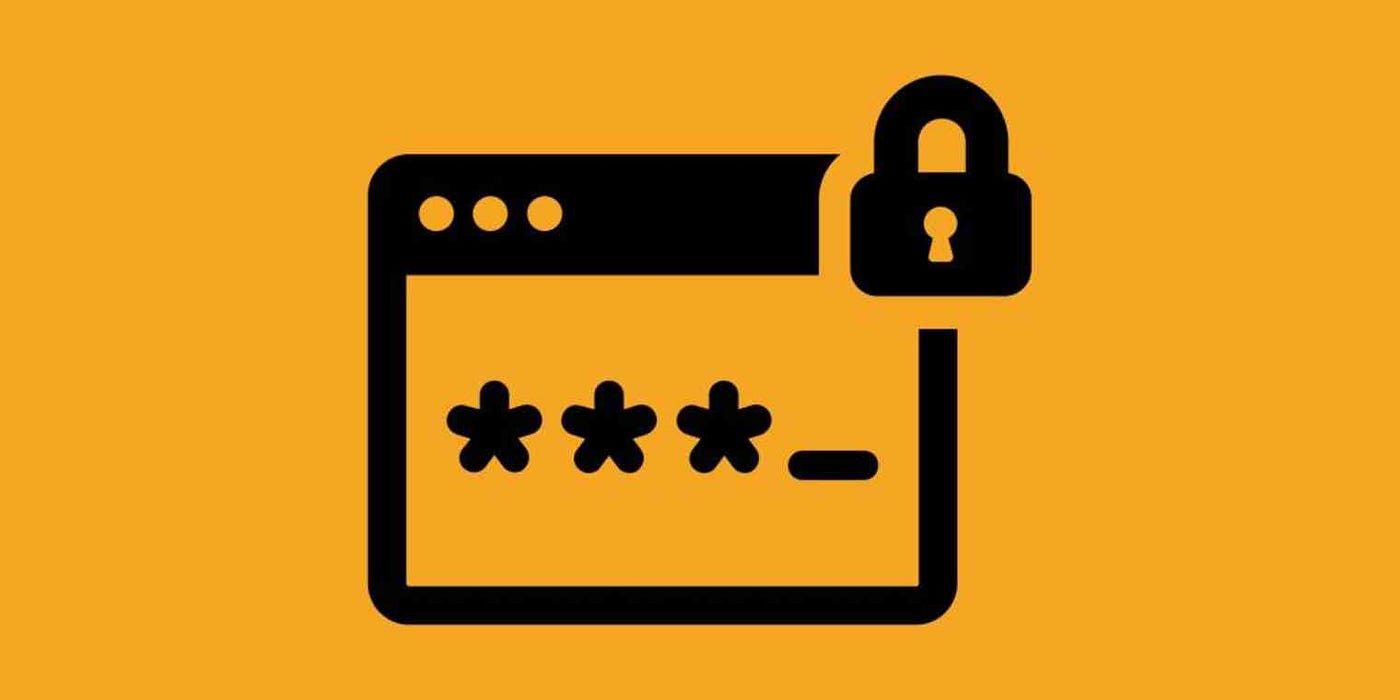
Fortifying Your Web Application: A Comprehensive Guide to CSRF Protection
Cross-Site Request Forgery (CSRF) is a serious security threat that web applications must defend against. CSRF attacks can result in unauthorized actions being executed on behalf of authenticated users, potentially leading to financial losses or data breaches. To safeguard your web application and its users, implementing CSRF protection is not just an option; it’s a necessity. This comprehensive guide will walk you through the process of implementing robust CSRF protection measures.
Understanding CSRF
CSRF, also known as session riding or one-click attack, occurs when a malicious website tricks a user into executing unintended actions on another site where they are authenticated. For example, an attacker could craft a malicious link that, when clicked by a victim, sends a forged request to transfer funds from the victim’s bank account without their knowledge or consent.
Implementing CSRF Protection
- Use Anti-CSRF Tokens
The cornerstone of CSRF protection is the use of anti-CSRF tokens, also known as synchronizer tokens or nonce tokens. These tokens are unique and generated on the server-side for each user session. They must be embedded in forms or included in AJAX requests for critical actions. The token must accompany each critical request, ensuring that it originates from a legitimate source.
- Generate and Verify Tokens
When generating tokens, it is crucial to use a cryptographically secure random number generator to create unpredictable tokens. The server should store the token in the user’s session, and it should be included in every form or request. Upon receiving a request, the server should compare the token in the request with the one stored in the user’s session. If they don’t match, the request should be denied.
- Set the SameSite Cookie Attribute
Utilize the SameSite attribute for cookies. Setting it to “Strict” or “Lax” restricts cookies to be sent only to the same site or same-site navigation. This limits the risk of CSRF attacks by preventing cookies from being sent in cross-origin requests.
- Use HttpOnly and Secure Flags
Ensure that sensitive cookies, such as session cookies, are marked as HttpOnly and Secure. The HttpOnly flag prevents JavaScript access to the cookie, making it less susceptible to theft via XSS attacks. The Secure flag restricts cookies to be transmitted only over secure HTTPS connections, enhancing overall security.
- Implement Cross-Origin Resource Sharing (CORS)
Configure your server to employ Cross-Origin Resource Sharing (CORS) headers that specify which domains are permitted to make requests to your web application. This helps prevent unauthorized domains from initiating requests and enhances the control over cross-origin requests.
- Check for Referrer Header
In some cases, you can check the Referer header to verify the request’s origin. This can provide an additional layer of protection against CSRF attacks. However, note that this method has limitations and should be used in conjunction with other protection mechanisms since the Referer header can be easily manipulated or omitted.
- Implement Time-Limited Tokens
To minimize the window of opportunity for an attacker, tokens should have a short lifespan. Once a token expires, it becomes invalid, reducing the risk associated with long-lived tokens.
- Educate Your Development Team
Ensure that your development team understands the importance of CSRF protection and follows best practices. Conduct regular security training sessions and code reviews to identify and rectify potential vulnerabilities in your application’s codebase.
- Use Security Libraries
Leverage security libraries and frameworks that provide built-in CSRF protection mechanisms. Many popular web frameworks offer tools and middleware for handling CSRF attacks, making it easier to implement robust security measures.
- Regularly Update Dependencies
Keep your web application’s libraries, frameworks, and components up-to-date. Security vulnerabilities can arise from outdated dependencies. Stay informed about security patches and updates, and apply them promptly to maintain a secure environment.
Testing and Monitoring
After implementing CSRF protection, conducting thorough testing is essential to ensure its effectiveness. Use penetration testing tools and techniques to simulate CSRF attacks and verify that your defenses are resilient. Regularly review and update your testing procedures to adapt to evolving threats.
Additionally, continuously monitor your web application for any suspicious activities or patterns that might indicate CSRF attacks. Implement logging and monitoring solutions to detect and respond to potential threats promptly. Anomalies in request patterns or unexpected changes in user behavior could signal an ongoing CSRF attack.
Implementing CSRF protection is paramount for securing your web application and safeguarding your users’ data and accounts. By following the steps outlined in this comprehensive guide, you can fortify your application against CSRF vulnerabilities and ensure a safer online experience for everyone involved. Remember that web security is an ongoing process, and staying vigilant is key to maintaining the integrity of your web application. Stay informed about emerging threats, adapt your security measures accordingly, and continue to prioritize the protection of your users’ data and privacy.



